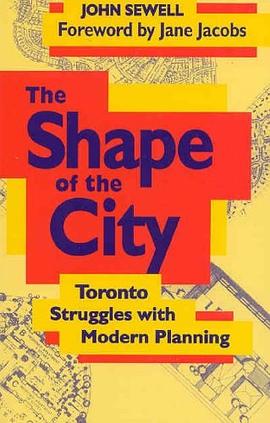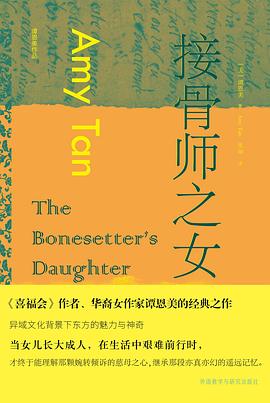

具体描述
Critics have long voiced concerns about the wisdom of living in cities and the effects of city life on physical and mental health. For a century, planners have tried to meet these issues. John Sewell traces changes in urban planning, from the pre-Depression garden cities to postwar modernism and a revival of interest in the streetscape grid.In this far-ranging review, Sewell recounts the arrival of modern city planning with its emphasis on lower densities, limited access streets, segregated uses, and considerable green space. He makes Toronto a case history, with its pioneering suburban development in Don Mills and its other planned communities, including Regent Park, St Jamestown, Thorncrest Village, and Bramalea.The heyday of the modern planning movement was in the 1940s to the 1960s, and the Don Mills concept was repeated in spirit and in style across Canada. Eventually, strong public reaction brought modern planning almost to a halt within the city of Toronto. The battles centred on saving the Old City Hall and stopping the Spadina Expressway. Sewell concludes that although the modernist approach remains ascendant in the suburbs, the City of Toronto has begun to replace it with alternatives that work.This is a reflective but vigorous statement by a committed urban reformer. Few Canadians are better suited to point the way towards city planning for the future.
作者简介
目录信息
读后感
评分
评分
评分
评分
用户评价
相关图书
本站所有内容均为互联网搜索引擎提供的公开搜索信息,本站不存储任何数据与内容,任何内容与数据均与本站无关,如有需要请联系相关搜索引擎包括但不限于百度,google,bing,sogou 等
© 2025 book.quotespace.org All Rights Reserved. 小美书屋 版权所有




















